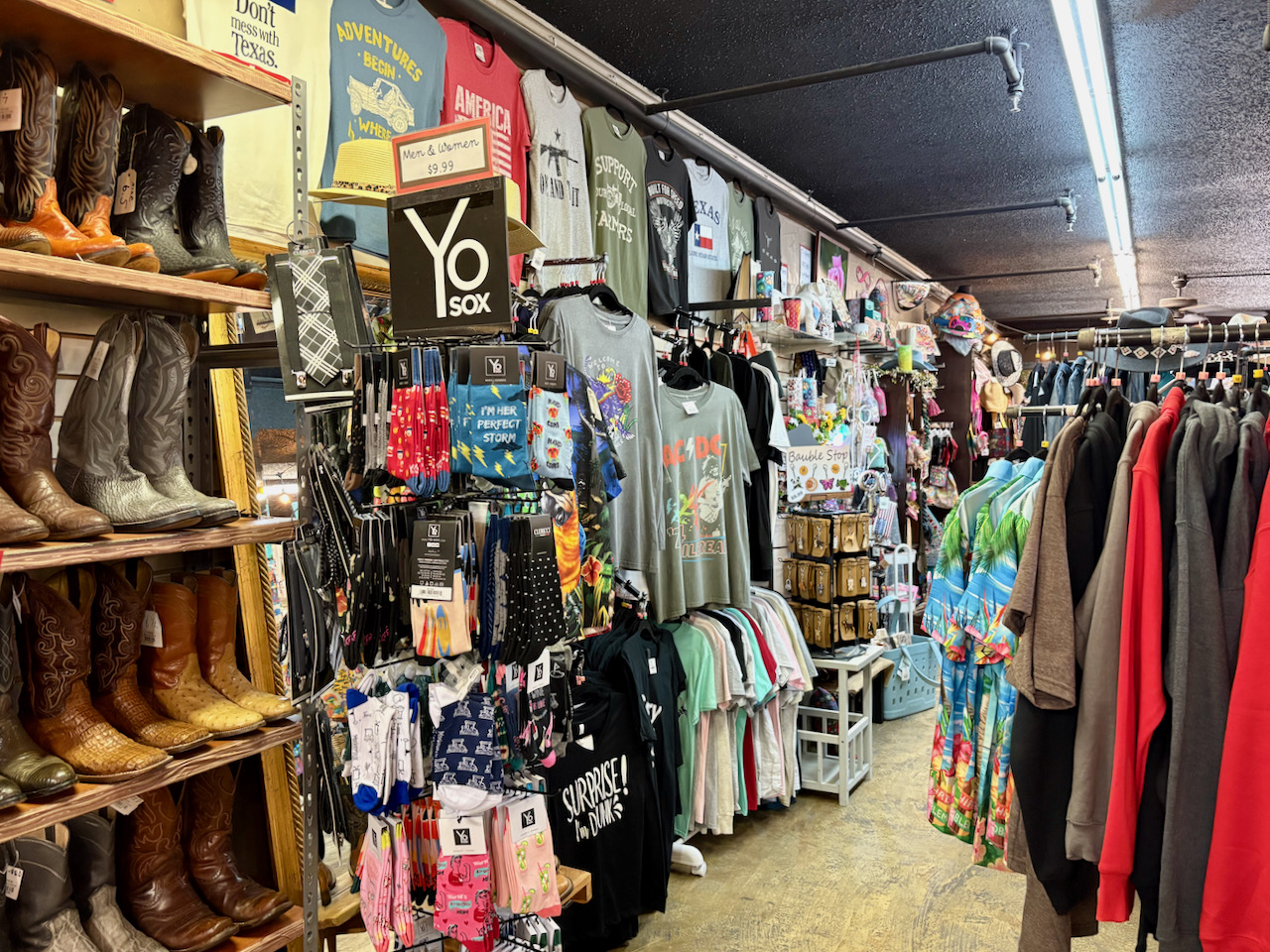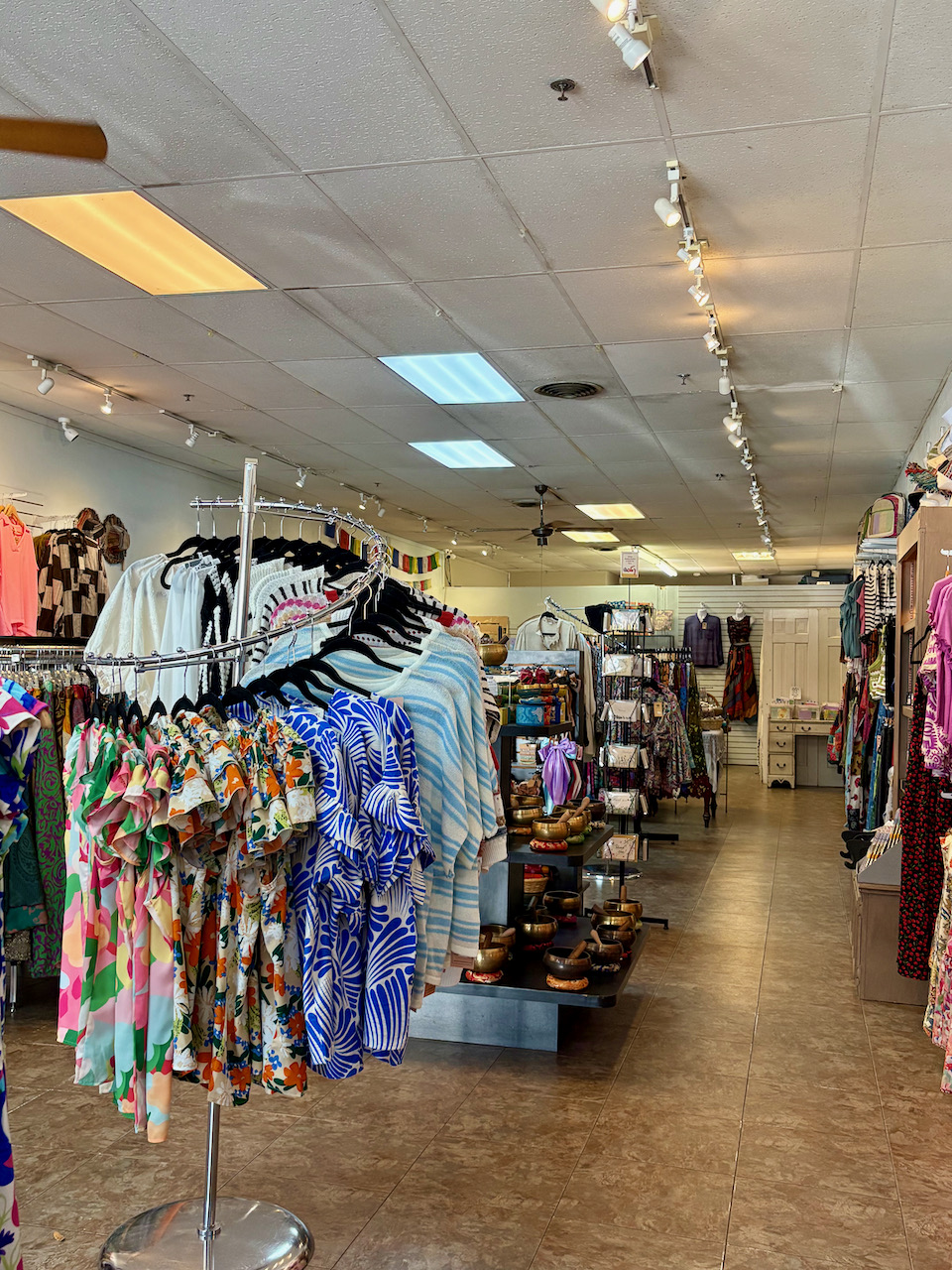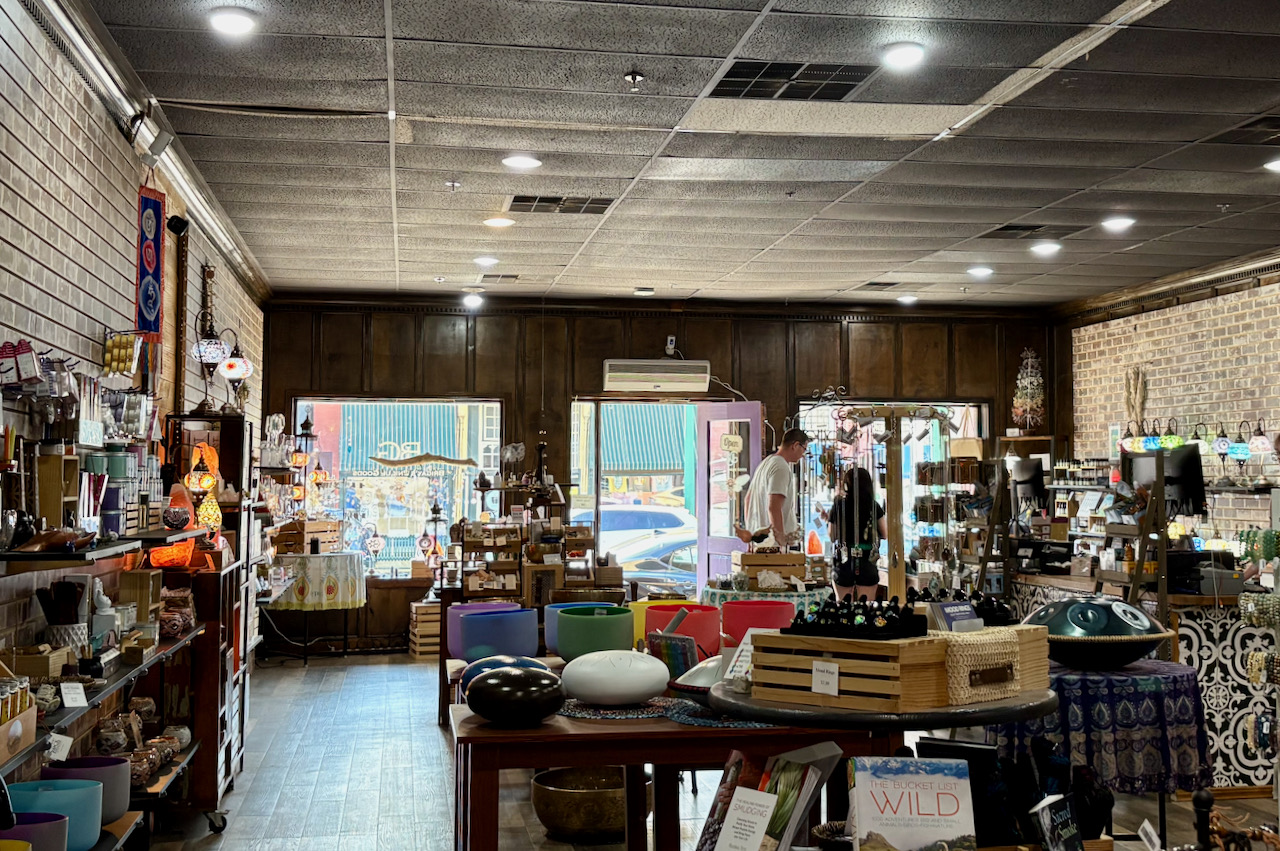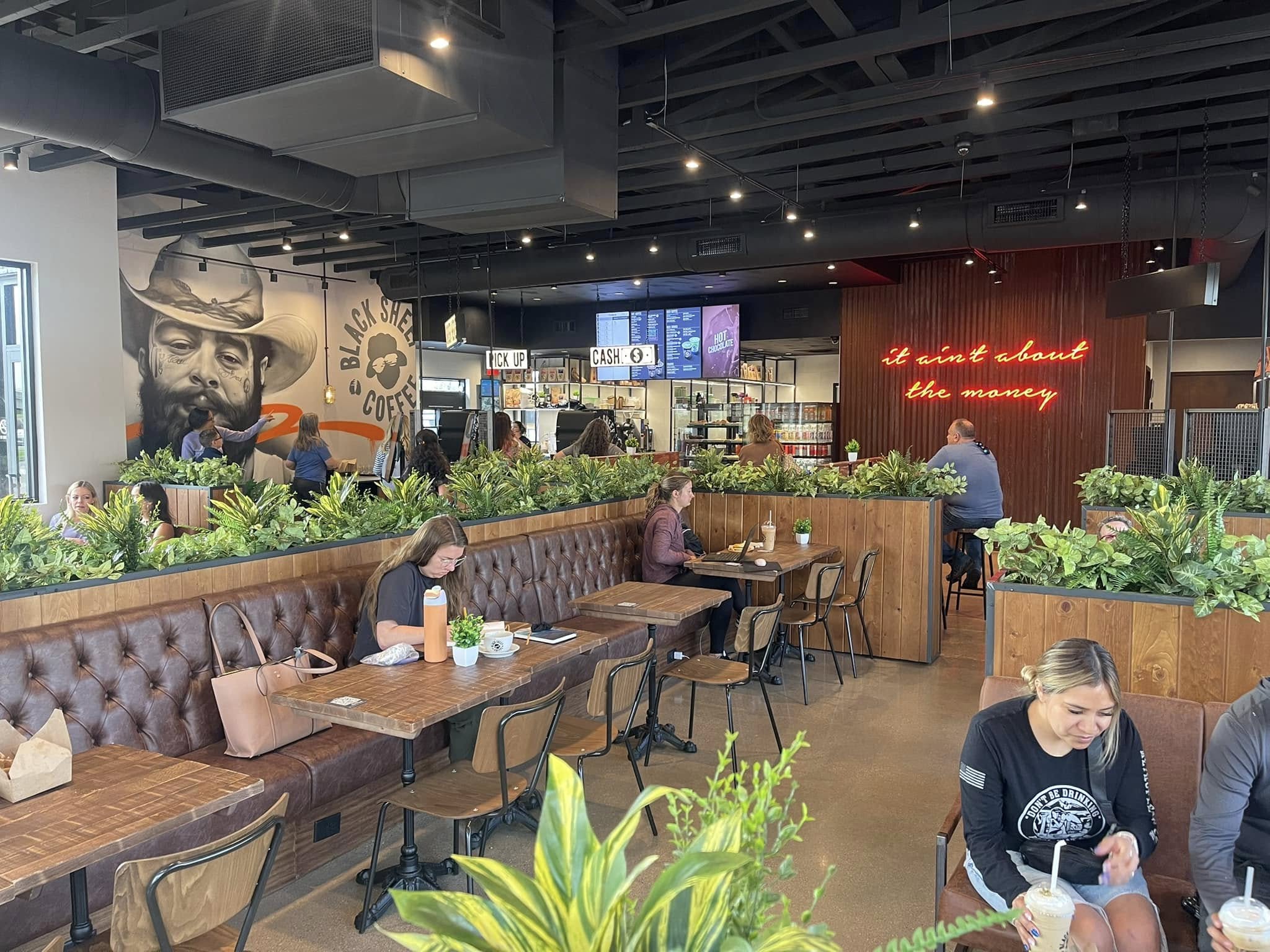This Sprinkler Saved Main Street... But It Almost Didn’t Exist

16 Apr 2025
Blog, News
The iconic buildings that define most cities are massive: large enough to create a skyline that residents and tourists can pick out of a lineup or print on souvenirs. Grapevine has no shortage of beautiful buildings, but many of our most beloved structures aren’t more than a few thousand square feet. Storefronts in our Historic District are impressive for their tenure rather than their size, with many dating back to the turn of the 20th century. They’re beautiful, well-preserved, and packed with stories.
They’re also fairly delicate.
Around two decades ago, when the blocks in the middle of Main Street had crossed into their second century, we nearly lost them to fire.
Historic, Original, and Highly Vulnerable
Understanding modern-day Main Street starts with understanding its history. For decades after incorporation, our City was primarily agrarian. We had a small population that lived on large plots of land scattered around the Grape Vine Prairie, with a cluster of vendors at a convenient point in the middle of everything. As roads and other infrastructure developed, residents came to depend on specialty stores and providers of staple goods on Main Street. As a result, buildings in the middle of the Historic District date to the turn of the 20th century.

Construction projects from that era tend to be made of more stout, simple materials that hold up well over time but come at a tradeoff. They can be draftier than structures built with modern supplies and methods, and they rarely conform to codes written a century after the last bricks were set in place. The wood inside has cured for decades, often surrounded by open air and gaps in the exterior masonry. According to Darrell Brown, Chief of the Grapevine Fire Department, that makes them vulnerable.
“Fire can move horizontally very quickly in those old buildings, because all of that old ceiling is wooden. It's not metal, as many buildings are today. So you have that old, early-1900s wood up there in those ceiling joists that is extremely dry. It hasn’t had any moisture because it’s been doing its job; it’s been covered up by that flat roof built up several layers thick... that burns very quickly,” Brown said. “Should you have a fire without a fire sprinkler system burning undetected for a long time, when it finally burns through those void spaces and falls down to bust out the front glass of the tenant space where somebody sees it and calls 9-1-1... it’s pretty much unsafe to put anybody in there at that point in time. Unless we know there’s people in there, then we’re going to do everything we can to rescue them. But that creates a nightmare, and that’s why we see the burned-out shells in other cities.”
At first glance, the solution is obvious: those historic buildings should be brought up to modern safety standards. But doing so isn’t easy. Some stores on Main Street fill every inch of the dirt allotted to them, with walls constructed along the property line; something the City no longer allows. Under those conditions, full-scale renovations could mean more than a loss of historic character. They could result in untenable expenses or dramatic changes to a floor plan that’s already cramped. So the City takes a more gradual approach.
“There are provisions in codes for existing buildings. They don’t have to be upgraded unless there is a more hazardous use proposed,” said Larry Gray, the City’s Building Official. “Any time you increase the number of people, you increase the number of hazards, so that’s when we address some of those things. But as far as the building structure itself, typically it’s unchanged. They do have to do things on the interior to shore up walls and things like that from time to time. But, for the most part, when a new business owner comes in on Main Street, they get a Certificate of Occupancy application and we go out and do an inspection to look for minimum life safety things, so it’s not typically complicated.”
Too Important to Wait
Those issues came to the fore in the mid-2000s, when another DFW community lost a significant piece of its history to an uncontained fire in their historic district. Fearing the same in Grapevine, Councilwoman Sharron Rogers spearheaded a program that would retrofit existing buildings with fire suppression. The idea found unanimous support almost immediately.

“I can’t even imagine what the destruction would be if we were to lose those through fire,” said Mayor Pro Tem Darlene Freed. “There was some discussion in an effort to figure out what we could do to protect this gem in our town. So, working with Firetrol, we were able to do that. And then we created a structure whereby [property owners] paid monthly instead of having this great big upfront bill. It was added to their water bill to help pay to get this infrastructure built.”
Council passed an ordinance to compel the addition of sprinklers to every building in the Historic District, pushing the process forward at a faster clip than the market would normally have created. Recognizing that most of the effected property owners couldn’t afford to pay for the upgrades out of pocket on short notice, they levied a two-pronged system of support: taking on the initial cost of the project plan and creating a billing system that would dole out the remaining cost in manageable chunks over time.
“All the City Council members got behind that and understood why that was important,” said City Manager Bruno Rumbelow. “To be honest, the building owners understood this was a good deal. Those buildings and those historic blocks in downtown Grapevine are central to our brand, so certainly from a public purpose standpoint we needed them protected. It was easy to both understand and explain why, so we came up with a system where the City did a portion of the project, another portion was paid for by the building owner – they either wrote a check for it, or if they needed to pay for it over time that was okay, too – but, essentially, the City did the engineering that described what the project would be, all the cost estimating what their participation would cost, and we came together after a lot of collaboration and meetings with those business owners to put together a plan that ultimately resulted in what we have today: national historic register Main Street buildings, circa 1890-1910, that have modern fire suppression.”
The system was called into action almost immediately.
A Puddle Where Disaster Loomed
Weeks after the fire suppression systems came online, an unattended candle burst through its housing in the back room of historic shop after hours. City officials have opted not to specify which storefront nearly caught fire, but Chief Brown remembers a wealth of cardboard and textiles in the vicinity. Ideal fuel for a growing flame.

Given the ready supply of flammable goods, the drafty state of historic buildings, and the shared attic space between shops, that little fire could easily have hopped from building to building. It’s hard to say how far it might have spread, but firefighters and residents both swear the incident would have cost our City close to a block on one side of the street, at a minimum, before emergency services could respond. Instead, first responders found only a damp spot and a broken candle. A testament to the value of the new system.
“That fire sprinkler never goes to sleep. That fire sprinkler is never busy helping somebody else. It’s there 24 hours a day, 7 days a week to help you should it be needed,” Chief Brown said. “And, contrary to what everybody believes, the only head that is going to pop is the one that has gotten hot enough for the bulb to burst. So if one sprinkler head can control the fire as it did here in downtown Grapevine – yes, there was some water damage to be cleaned up – but you know what? All of downtown is still here. They replaced the sprinkler. It did its job, and that business owner had some cleanup to do, but they’re right back in business as opposed to losing everything.”
It’s hard to overstate just how valuable that single bulb turned out to be.
“Main Street is our soul. Those buildings are part and parcel of our soul,” Rumbelow said. “So the vision that the Council had, that the Mayor had, that Councilmember Rogers had, was really incredible. For all of us who worked on it, once we got done – it's not something Cities typically do – we were proud of it and remain so today.”
To learn about other groundbreaking partnerships in our community, check out the ‘Growing Grapevine’ podcast; streaming here on our site or through your favorite app. You can also find us on social media, reach out directly to staff, or join our monthly newsletter for ongoing updates about the City of Grapevine.

More Topics


Entrepreneurs, Increase Your Startup Success Rate: Exploit A Trending Niche In Large Markets
Apr 10 2025





